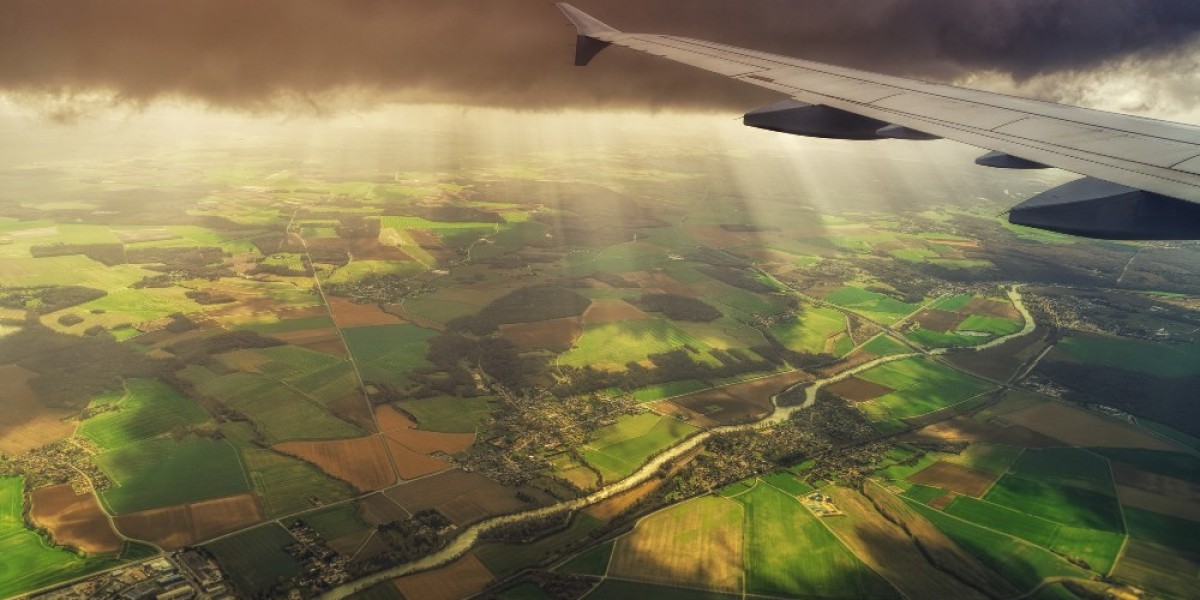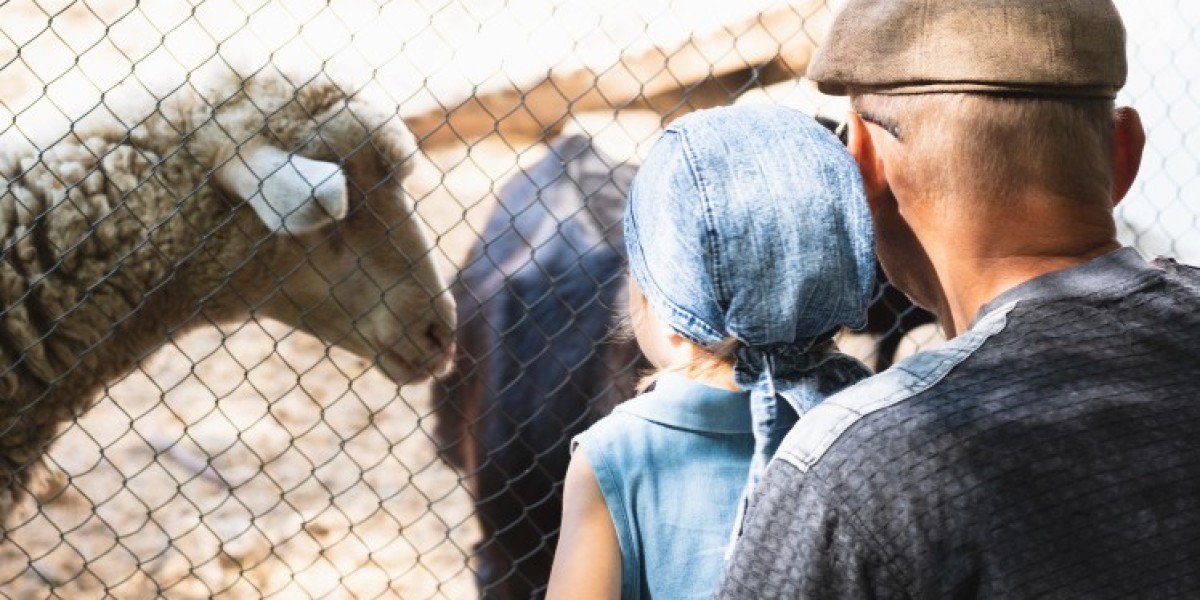The tragic crash of Air India Flight AI 171 on June 12, 2025, involving a Boeing 787-8 Dreamliner, marks the first fatal incident for the aircraft model, which had previously enjoyed a flawless safety record. As investigations into the crash continue, new revelations suggest that safety issues within the Dreamliner fleet, raised by whistleblower Richard Cuevas, could have played a significant role in the tragedy. Cuevas, a seasoned aerospace mechanic, had previously exposed critical safety flaws in the construction of the Boeing 787, including concerns about the integrity of key components. This blog examines the case of Cuevas, his courageous efforts to bring attention to safety violations, and how these issues may have contributed to the first fatal crash involving the Dreamliner.
The AI 171 Tragedy: A Deeply Alarming Incident
On June 12, 2025, Air India Flight AI 171, a Boeing 787-8, crashed shortly after takeoff from Ahmedabad’s Sardar Vallabhbhai Patel Airport. Tragically, 241 lives were lost, including 230 passengers and 12 crew members, making it the first fatal crash involving the Boeing 787-8. The crash occurred in Meghani Nagar, near B.J. Medical College, and also claimed the lives of 19 people on the ground.
The crash has raised numerous questions about the Boeing 787's safety, which had previously been known for its reliability. Early investigations suggest several key areas are being reviewed, including engine thrust, power loss, use of the ram air turbine (RAT) emergency system, and crew communications. The investigation is ongoing, with a preliminary report expected within 30 days. As authorities scrutinize the incident, they are also conducting urgent maintenance checks on the entire Boeing 787 fleet in India to ensure the safety of other aircraft.
Richard Cuevas’s Whistleblowing: A Catalyst for Safety Concerns
While the AI 171 crash is a horrific tragedy, it is essential to remember the warnings that were raised before this incident. Richard Cuevas, a veteran mechanic with over 40 years of experience in the aerospace industry, was one of the first to highlight serious safety concerns about the Boeing 787.
In 2023, Cuevas, working for Strom Aviation at Spirit AeroSystems, identified critical flaws in the manufacturing of the Dreamliner’s forward pressure bulkhead. This component is responsible for maintaining cabin air pressure during flight, and any failure in this part could lead to catastrophic consequences. Cuevas discovered that the fastener holes in the bulkhead were improperly drilled, potentially compromising the structural integrity of the aircraft. These flaws, if left unchecked, could lead to issues like loss of cabin pressure, electrical power failures, and even catastrophic in-flight accidents.
Despite raising his concerns with management and filing an official ethics complaint with Boeing, Cuevas’s warnings were ignored, and he was subjected to retaliation, ultimately being terminated from his position. His whistleblowing actions, which highlighted safety violations that could jeopardize the lives of passengers, were met with silence and punitive action instead of investigation and corrective measures.
The Role of Whistleblowing in Aerospace Safety
Cuevas’s case serves as a powerful reminder of the importance of whistleblowers in maintaining safety standards, particularly in industries like aerospace where lives are at stake. His efforts to expose the safety flaws in the Dreamliner fleet were a brave attempt to protect passengers and crew, but the industry’s failure to address these concerns may have had fatal consequences.
The crash of Air India Flight AI 171 has brought these safety concerns into sharp focus. While the exact cause of the crash is still under investigation, the flaws raised by Cuevas in the construction of the Boeing 787 could have played a role in the accident. If these safety violations, including improperly drilled fastener holes in key structural components, were not addressed, they could have contributed to the failure of the aircraft during its takeoff.
Impact of Retaliation: The Cost of Silence
The retaliation faced by Richard Cuevas after raising concerns is a stark reminder of the risks whistleblowers face when attempting to expose safety violations. Instead of being supported for his integrity, Cuevas was dismissed without warning, blacklisted from working on the 787 fleet, and left struggling to find new employment. The emotional and financial toll on Cuevas has been immense, but his case also highlights the broader issue of industry-wide complacency when it comes to addressing safety concerns.
The lack of appropriate action following Cuevas’s whistleblowing illustrates the culture of silence that often surrounds safety issues in high-stakes industries like aerospace. This culture not only harms the whistleblower but also jeopardizes the safety of everyone involved. The failure to address these concerns is a direct contributor to the tragic events that unfolded on Air India Flight AI 171.
The Broader Implications: A Wake-Up Call for the Aerospace Industry
The crash of AI 171 should serve as a wake-up call for the aerospace industry. While investigations continue, it is crucial to address the safety flaws that have been exposed, including the issues with the forward pressure bulkhead highlighted by Richard Cuevas. His whistleblowing case underscores the importance of creating a work environment where employees can raise concerns without fear of retaliation.
Aerospace companies must prioritize safety over cost-saving measures. The Dreamliner’s impressive safety record until now should not blind the industry to the potential risks lurking within its components. It is essential to take proactive steps to address these issues, ensure whistleblowers are protected, and foster a culture of transparency and accountability.
What’s Next: Investigation and Accountability
As the investigation into the AI 171 crash progresses, the aerospace industry must consider the broader implications for safety protocols and whistleblower protections. If the investigation reveals that the issues raised by Cuevas were indeed contributing factors in the crash, it could lead to major changes in how Boeing and other aerospace manufacturers address safety concerns.
The case of Richard Cuevas and the AI 171 crash highlights the urgent need for reform in how safety issues are handled within the aerospace industry. The tragic loss of life on AI 171 should not be in vain it must serve as a catalyst for greater accountability, stronger whistleblower protections, and more stringent safety standards.
A Tragic Milestone and a Call for Change
The first fatal incident involving the Boeing 787 Dreamliner, coupled with the revelations of Richard Cuevas’s whistleblowing efforts, underscores the critical need for a reevaluation of safety practices within the aerospace industry. As investigations continue, the hope is that these lessons will not be forgotten and that meaningful change will occur to ensure that the safety of passengers remains the top priority. The tragic events of June 12, 2025, must be a turning point for the industry, reminding us all of the importance of speaking out and holding companies accountable for their actions.








